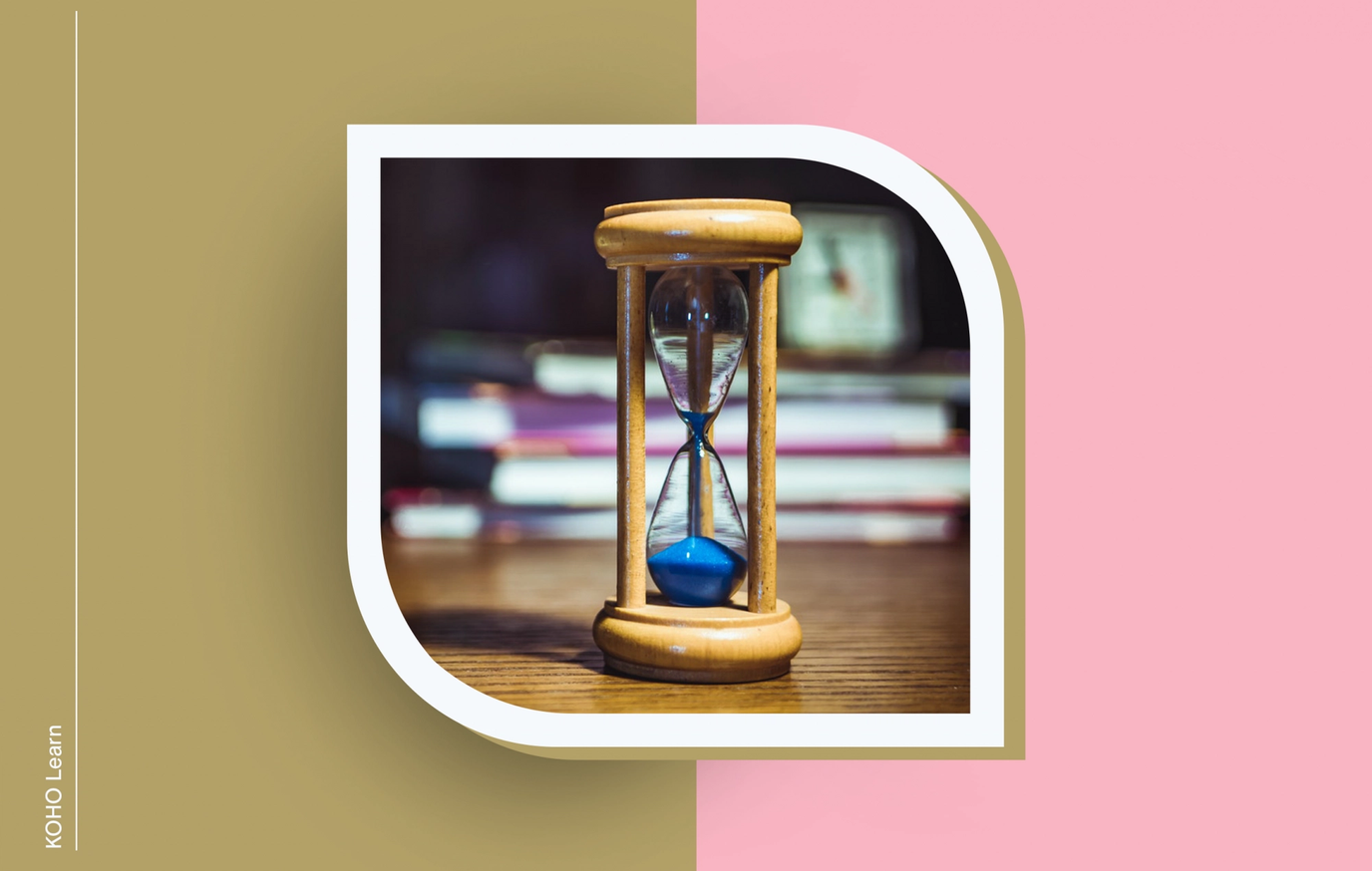You should have 3-6 months' worth of essential living expenses saved in your emergency fund.
For most Canadians, this typically ranges from $12,000-$24,000, depending on your monthly needs.
What is an emergency fund?
An emergency fund is money set aside specifically for unexpected expenses or financial emergencies. Think of it as your financial safety net when life throws curveballs like sudden car repairs, medical bills, or job loss.
This money should be kept separate from your day-to-day accounts in an accessible savings account.
Emergency fund vs. "forget you" fund
Don't confuse these two types of savings. Your emergency fund protects you from unexpected disasters, while a "Forget You" fund gives you freedom to make major life changes, like leaving an unfulfilling job or relationship.
Both are valuable, but they serve different purposes.
How to build your emergency fund in 4 steps
Step 1: Calculate Your Target Amount
The right amount varies based on your situation. Start by adding up your monthly non-discretionary expenses:
Rent or mortgage
Utilities
Food
Insurance
Transportation costs
Child care
Debt payments
Multiply this total by 3-6 months. For example, if your essential monthly expenses are $4,000:
Minimum target (3 months): $12,000
Ideal target (6 months): $24,000
Step 2: Determine Your Savings Rate
Review your income and expenses to figure out how much you can realistically save each month. After covering necessities, direct whatever you can toward your emergency fund.
Remember that unexpected money like tax refunds or work bonuses can help out a lot.
Step 3: Choose the Right Account
A high-interest savings account (HISA) is typically best for emergency funds. You want your money to be:
Separate from everyday spending accounts
Easily accessible when needed
Earning some interest while it sits
Step 4: Automate Your Savings
Set up pre-authorized contributions (PACs) to transfer money automatically from your chequing account to your emergency fund.
You can schedule these weekly, biweekly, or monthly. Even small, consistent deposits add up over time.
Practical strategies when money is tight
Start small: Even $5 per month is better than nothing
Use budgeting tools: Apps like KOHO can help track spending
Cut unnecessary expenses: Review subscriptions, eating out, and other non-essentials
Save windfalls: Direct tax refunds, gifts, or bonuses to your emergency fund
Track Your Spending Habits.
Financial peace of mind: worth every dollar
Building an emergency fund takes time and discipline, but the security it provides is invaluable. When unexpected expenses arise, you'll face them with confidence rather than panic.
Your emergency fund is more than just money in the bank; it's buying yourself options and peace of mind during life's unpredictable moments.
Start where you are, be consistent, and watch your financial safety net grow stronger each month.

About the author
Quan works as a Junior SEO Specialist, helping websites grow through organic search. He loves the world of finance and investing. When he’s not working, he stays active at the gym, trains Muay Thai, plays soccer, and goes swimming.
Read more about this author